DIY paint jobs are great way to liven up your home–they’re easy, fairly fast, and generally, they yield good results. However, if you want your next DIY paint job to look like a pro did it, you should read this article first! I’ve got 10 painting secrets that professional painters won’t tell you and these tips will help you make your next paint job look terrific!
Painting Secrets
Don’t Skip The Sanding
This is a vital part of the necessary prep work for a terrific paint job. Sanding ensures that you start with smooth walls and surfaces, which is important for the final look. Use fine-grit sandpaper on a sanding pole and go over the entire wall from top to bottom to get rid of any rough patches and ridges around nail holes. Be sure to clean afterward to get rid of dust. This is one of the most important painting secrets.
Use Canvas Drop Cloths
Bedsheets and plastic sheeting are slippery, and paint drips will bleed them in a jiffy. Canvas won’t bleed, and you won’t risk slipping and falling. Use ones like these to cover your flooring.
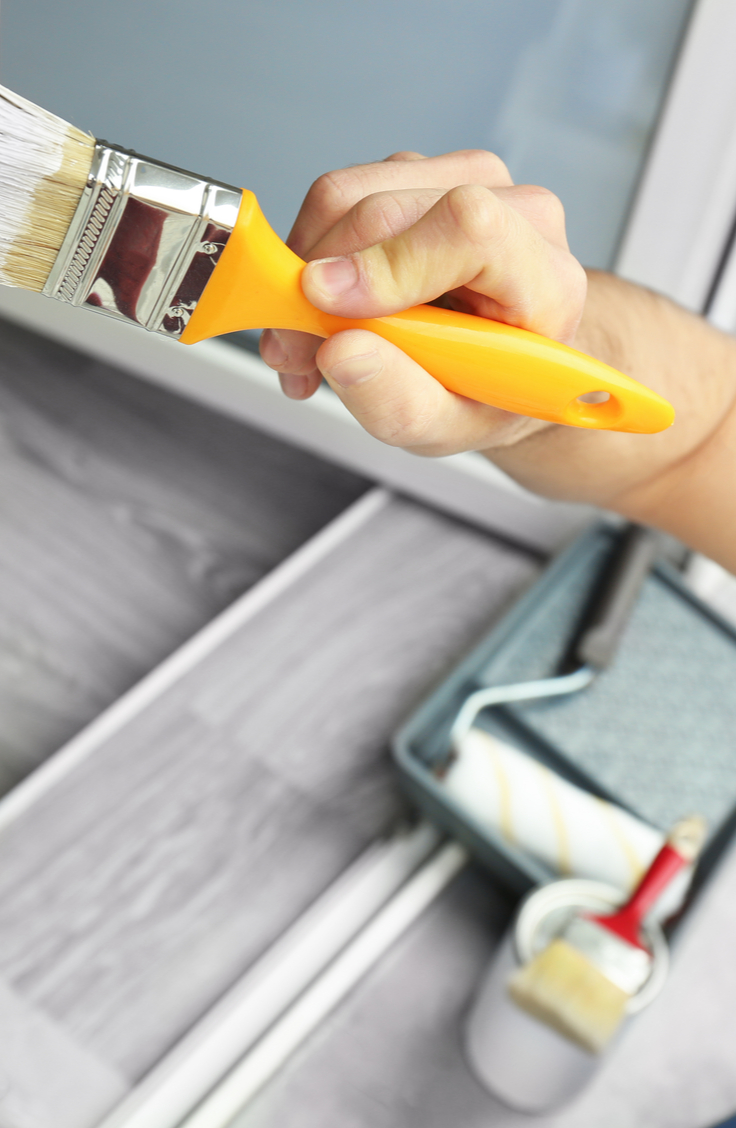

Clean Your Walls Before Painting
A degreaser is the best thing to clean your dirty walls before painting. If you’re painting a potentially greasy area, such as the kitchen, this is extra important. In a pinch, you can also use a dishwashing soap that cuts grease. Just dissolve a little in a bucket of warm water and use a sponge to wash the walls.
Press Painters Tape In Place
Use a putty knife to thoroughly press painter’s tape into place. Leave the extra tape extending out from the wall to catch drips.


Mix Paint Together For Uniform Color
If your job requires more than one can of paint, pros suggest mixing all the cans into one 5-gallon bucket. This helps to ensure uniform color because colors can vary slightly from one paint can to the next.
Trim Goes First
A professional painter paints the trim first, followed by the ceiling, and then the walls. This is because it is much faster to tape off the trim than the walls.
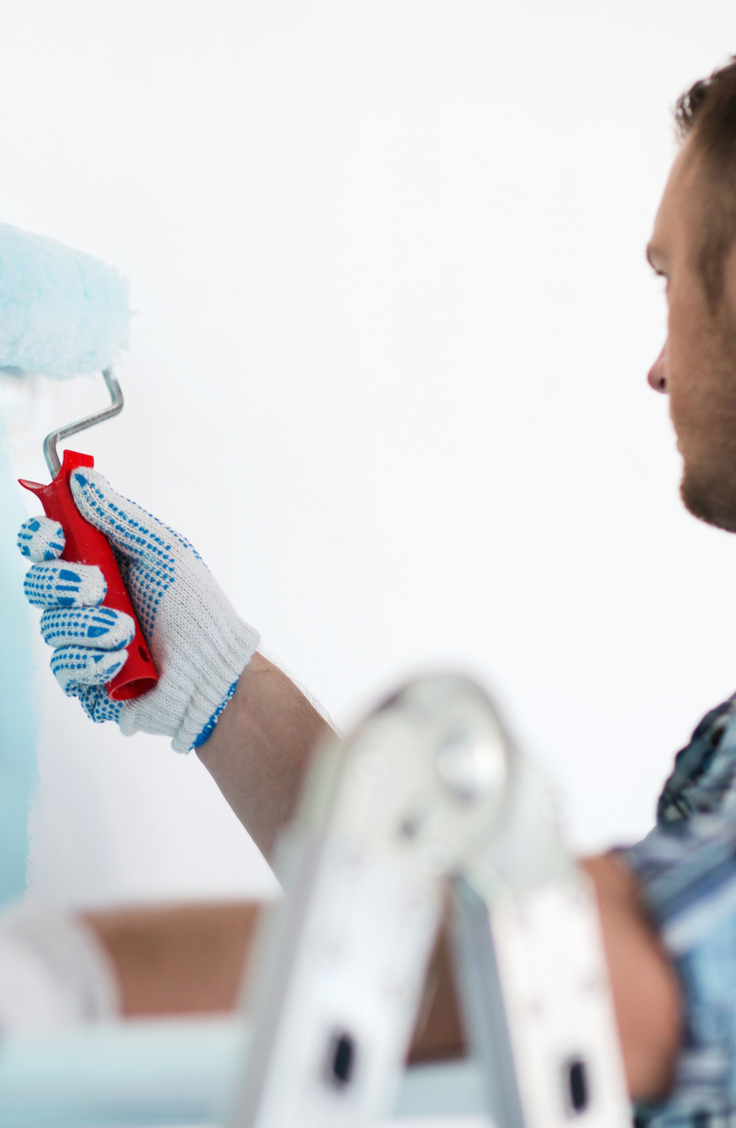

Wash off your roller covers before the first use
Sometimes little loose bits of fuzz will come off in the paint, and pre-washing avoids this. You can use them wet–no need to dry them before painting.
Load Your Paint Brush Up Right
A typical DIYer loads the paintbrush and then wipes the paint off on the rim of the can. Pros don’t do this–they load the brush up and then start painting. Get your paint roller kit here.
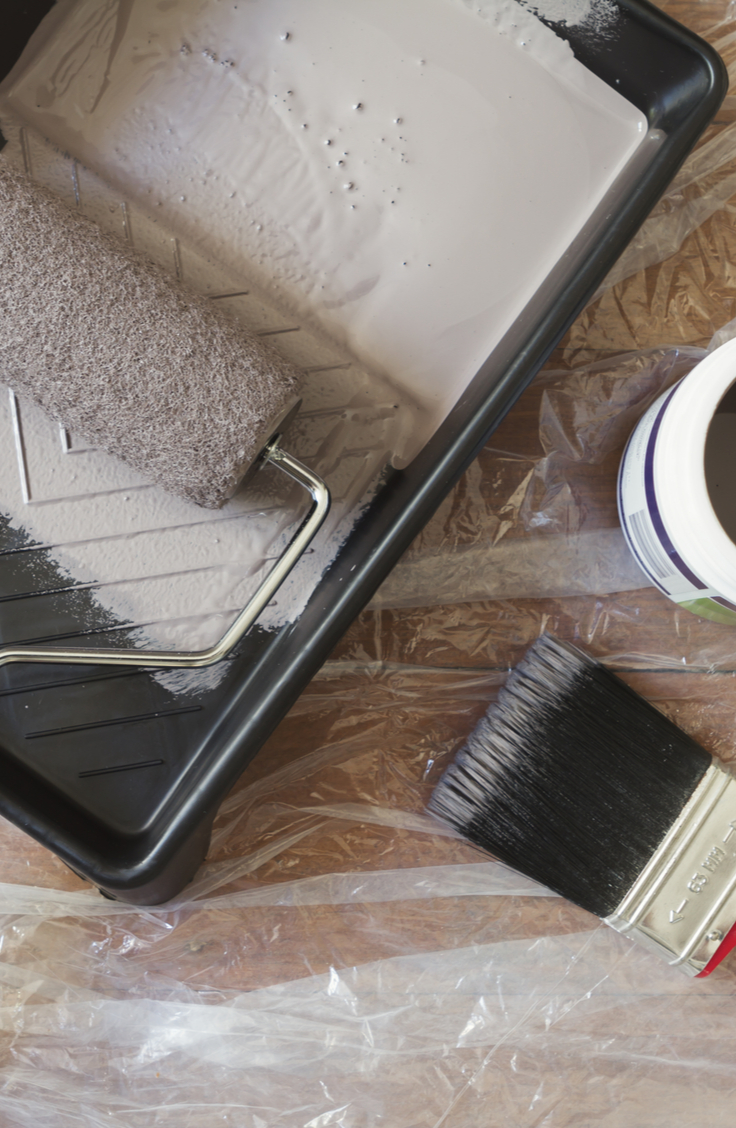

Prevent Ceiling Splatter
To avoid getting paint on ceiling bumps {which is really hard not to do!}, pros take a screwdriver and knock off the texture along the perimeter. This creates a ridge for the paintbrush bristles to fit into. No more paint on the ceiling!
Don’t Forget The Caulk
To truly achieve that amazing finish, make sure you caulk around outlets, trimmings, baseboards, and more. I like to caulk AFTER my paint is dry, but it is completely up to you and your own preference.
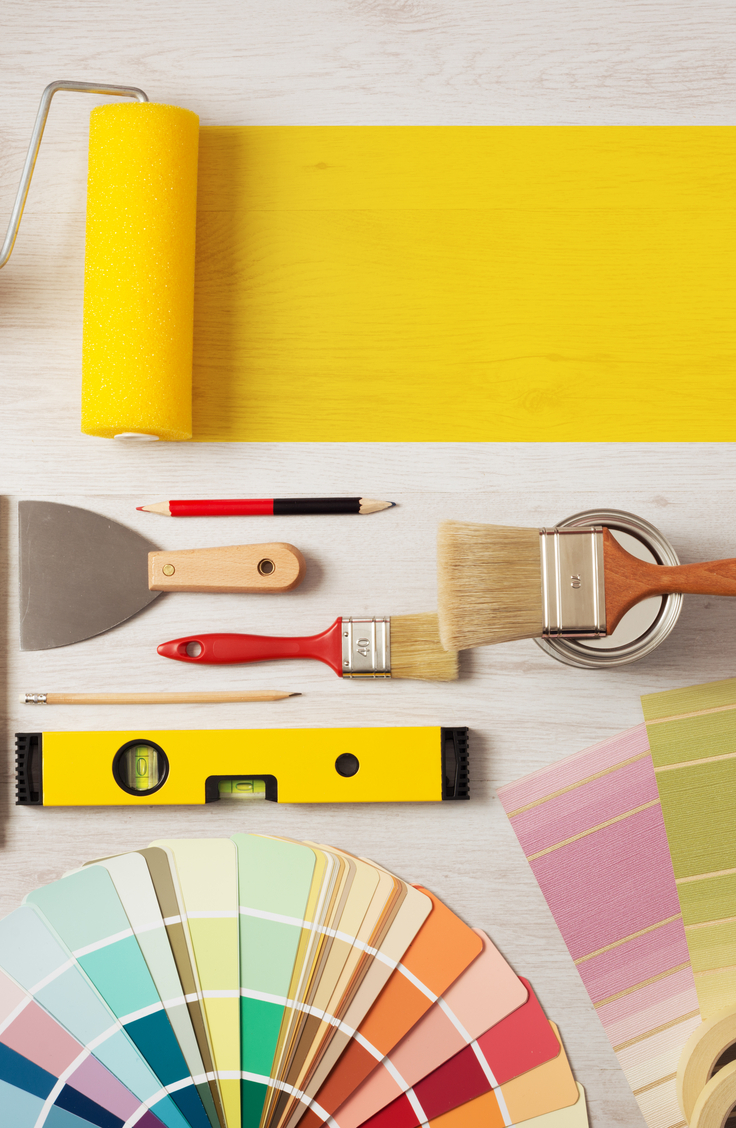

Read here for more painting secrets.

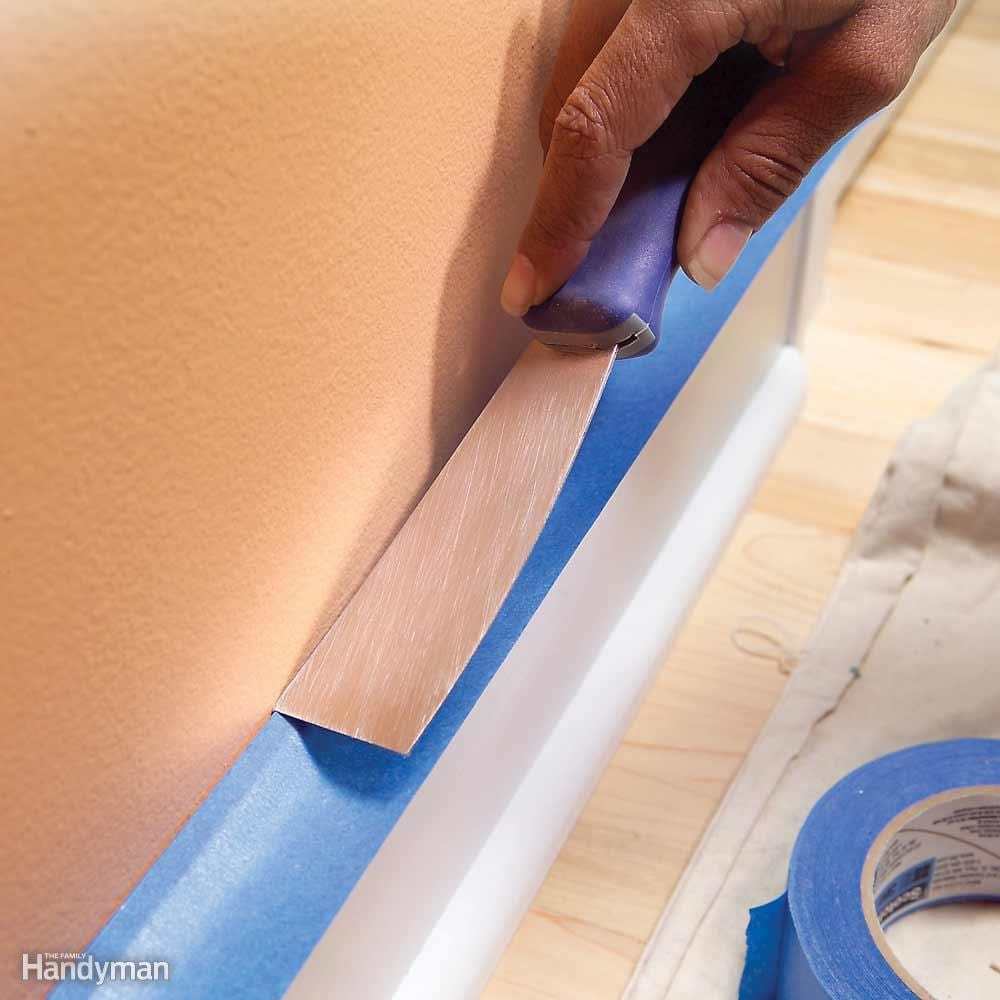
Thanks so much for these tips! I didn’t know any of them!
I always use oil base paint for trim so naturally after all the sanding and prep…. ceiling and walls get painted first then trim so that works best for me and is very professional. It’s personal choice…I think.
Don’t try to paint flat paint over enamel
In all my years of doing our own decorating, I’ve always prepared everything first, then used the caulk, then painted all the woodwork.
You can brush it in all the cracks around the skirting boards etc.
Also when you come to do the walls, be it with emulsion paint or wallpaper, you can get a lovely line around.
Remember you can always wipe emulsion off with a cloth, but any gloss paint would leave marks everywhere.
Love the comments. Added another dimension to the article. All very helpful & I can hardly wait for the spring to freshen up my home!